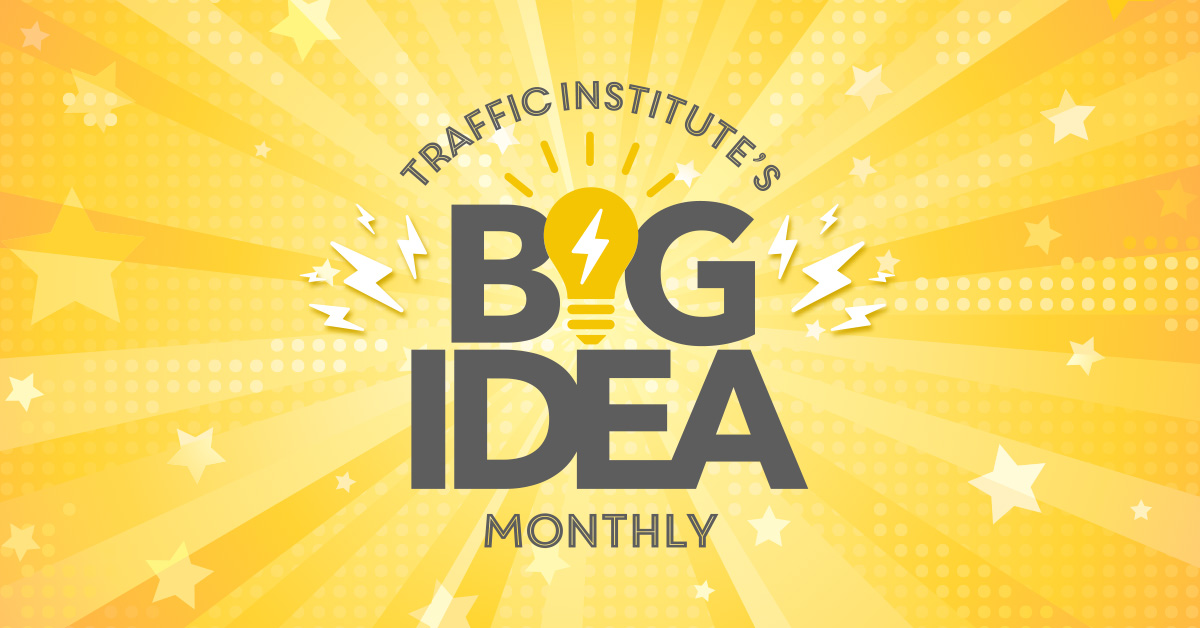Check in at any call center in the country, and you’re virtually guaranteed to find that not enough calls are being made to each prospect. Even worse, the calls that are being made aren’t being made strategically. This is a big problem.
You see, the research is very clear on the matter: the value of a lead drops like a rock as time passes after the lead has opted-in. In fact, studies show that a lead called in the first five minutes has a ten times greater chance of being reached than a lead called just one hour after being created. Additionally, a lead that is called in the first five minutes is four times more likely to be reached than a lead called just ten minutes after being created.
Can you see the significance of rapid response time?
A one-day-old lead is nearly worthless compared to a five-minutes-old lead. But most lead response teams spend most of their time calling old leads and deciding which of the old leads to call next, rather than striking while the iron is hot in the first 30 minutes after lead creation.
The number one objective of your call center is to pounce on leads immediately. It’s so critical, that we recommend having people dedicated to calling NOTHING but fresh leads.
And yet, even if you have a set of reps dedicated to calling nothing but fresh leads, you still need to have three things in order to be able to generate the kind of efficiency it takes to make the necessary number of calls to effectively convert leads into appointments.
Here’s what they are:
Simple CRM Interface
CRM systems are too clunky, too cumbersome, too confusing, show too much data, and leave too much choice in the hands of the caller. All of this slows down your reps and keeps them from maximizing their productivity and making more calls.
A Systematized Way To Manage Call Flow Logic and Lead Priority
Nobody is capable of managing call flow logic and lead priority scoring on the fly. However, look in any call center, and you’ll find people staring at their workflow trying decide whom to call next.
But as soon as the decision “Whom should I call next?” is left up to the rep, the battle for call center efficiency and productivity is lost.
Here’s why: deciding what call to place next usually takes longer than actually placing the call, which doubles or triples the time required for each dial attempt. Plus callers can justifiably waste a giant chunk of their day by staring at their screen, reviewing notes, weighing their options, and considering what to do next.
Beyond the time the decision process takes, consider whether or not the RIGHT decisions are being made. Our own research and experience has demonstrated that employees will “decide” to place fewer than half the calls necessary (on average) to reach each prospect.
A fundamental tenant of an effective call center is that you MUST use a system to manage the logic and decision-making automatically, which then feeds the right call to the right person at the right time, which brings us to the third thing you need to increase the efficiency and output of your BDC.
A Call Cadence That’s Guaranteed To Reach More Leads Faster
We’ve found that the cadence that is most effective in converting web leads to appointments has about 50 percent of the calls scheduled to occur in the first 48 hours, with the other half of the calls being spread out over the course of the month.
At the very minimum, you should be calling fresh leads immediately, 10 minutes after the lead arrived, and 30 minutes after the lead arrived to ensure the highest chance of connecting with the lead and booking an appointment.
Knowing that leads drop in quality rapidly after being created, if you’re getting a lot of leads outside of business hours, you should consider staffing the call center on normal days-off, and consider having someone standing by in the evening to immediately email overnight leads (since you can’t call them after 9:00 PM).
By incorporating these three things in your call center, you will be able to create a strategized system that dramatically increases the number of calls your reps are able to make, which in turns will increase the number of appointments they book. By increasing both of these things, even if your show rate and your sold rate stay the same, you will start selling more cars.

